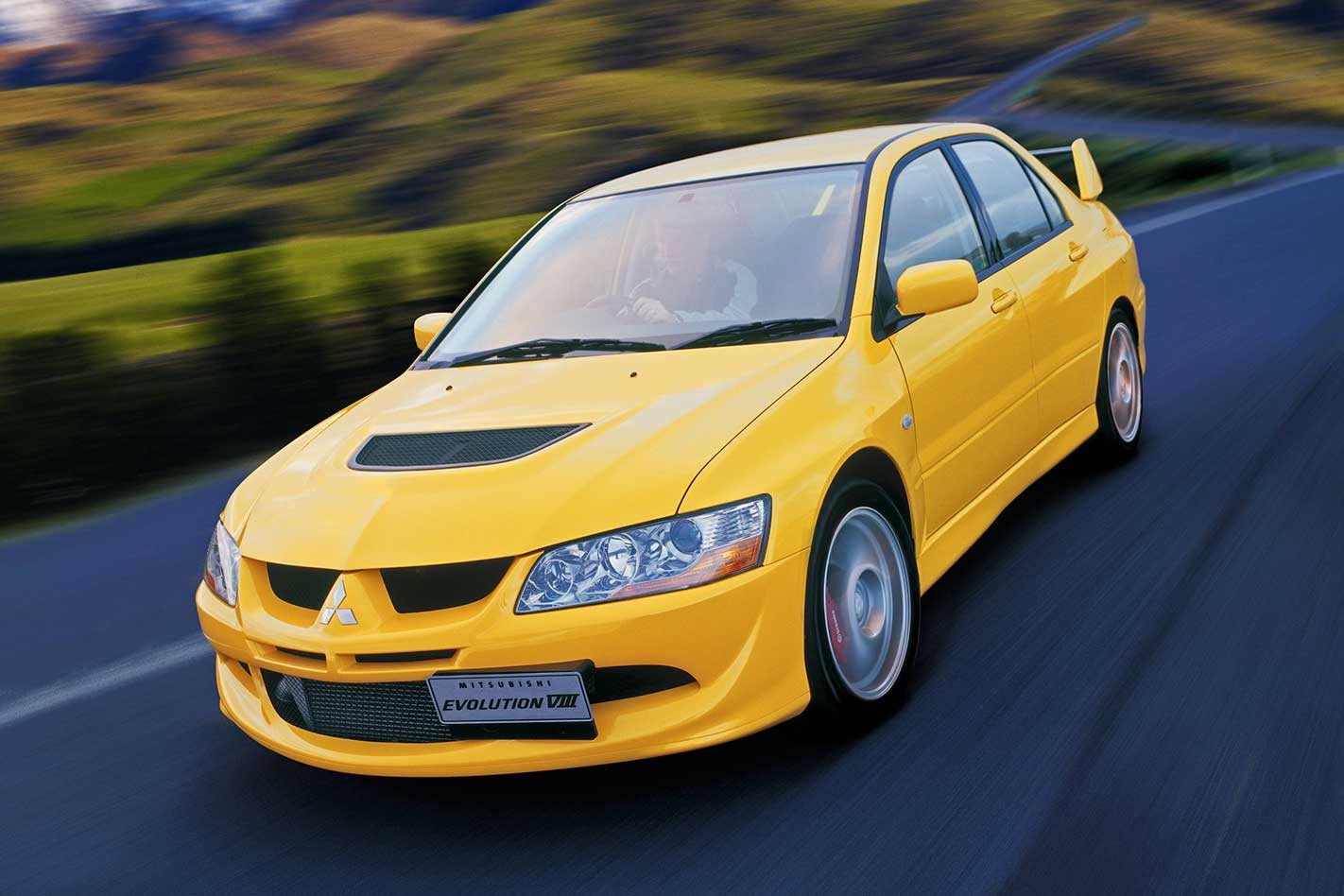This feature was originally published in MOTOR’s January 2004 issue
Got a tip for you. Do you have a chequebook? Good. Now take out a pen and write a letter as follows:
“Dear Mr RalliArt,
It has come to my attention that you will soon offer for sale a juicy little number called the Lancer Evolution VIII. If you could see your way clear to elevate my deposit to the top of the order queue, I’d be very appreciative. In fact, to guarantee such a thing, I’ve enclosed two cheques. Obviously, if one is enough to secure one of your 100 EVO VIIIs, I’d be pleased, and you can buy yourself something nice for the missus. However, I’m prepared to waterfall my bids in order to lock it in, Eddie.
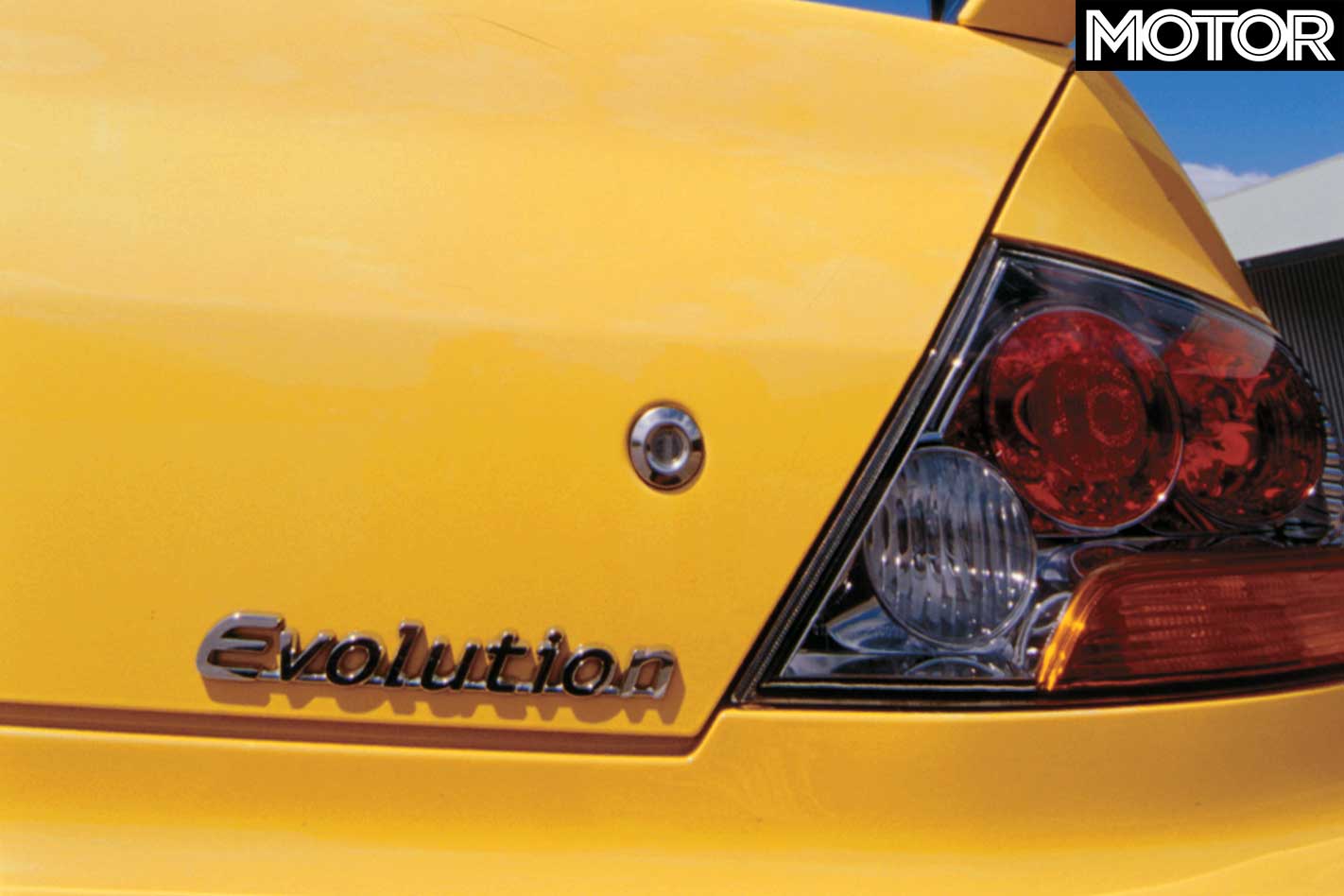
PS: Yellow would be beaut, but if that’s not available, I’ll take anything. PPS: I said EVO VIII. Don’t even think about trying to slip me one of those old-shaped dungers you’ve got lying around…“
The Evolution revolution is almost here, except that Mitsubishi will do it properly this time. When it arrives, between April and June next year, every sub-$300,000 sports car will come under sub-atomic examination like never before. Expect very few of them to emerge with their reputations unscathed.
Just when you thought you had Mitsubishi pigeon-holed as an earnest mob of battlers scrapping for the crumbs, it lobs in a slab of C4 to blow apart everything you know about fast four-doors.
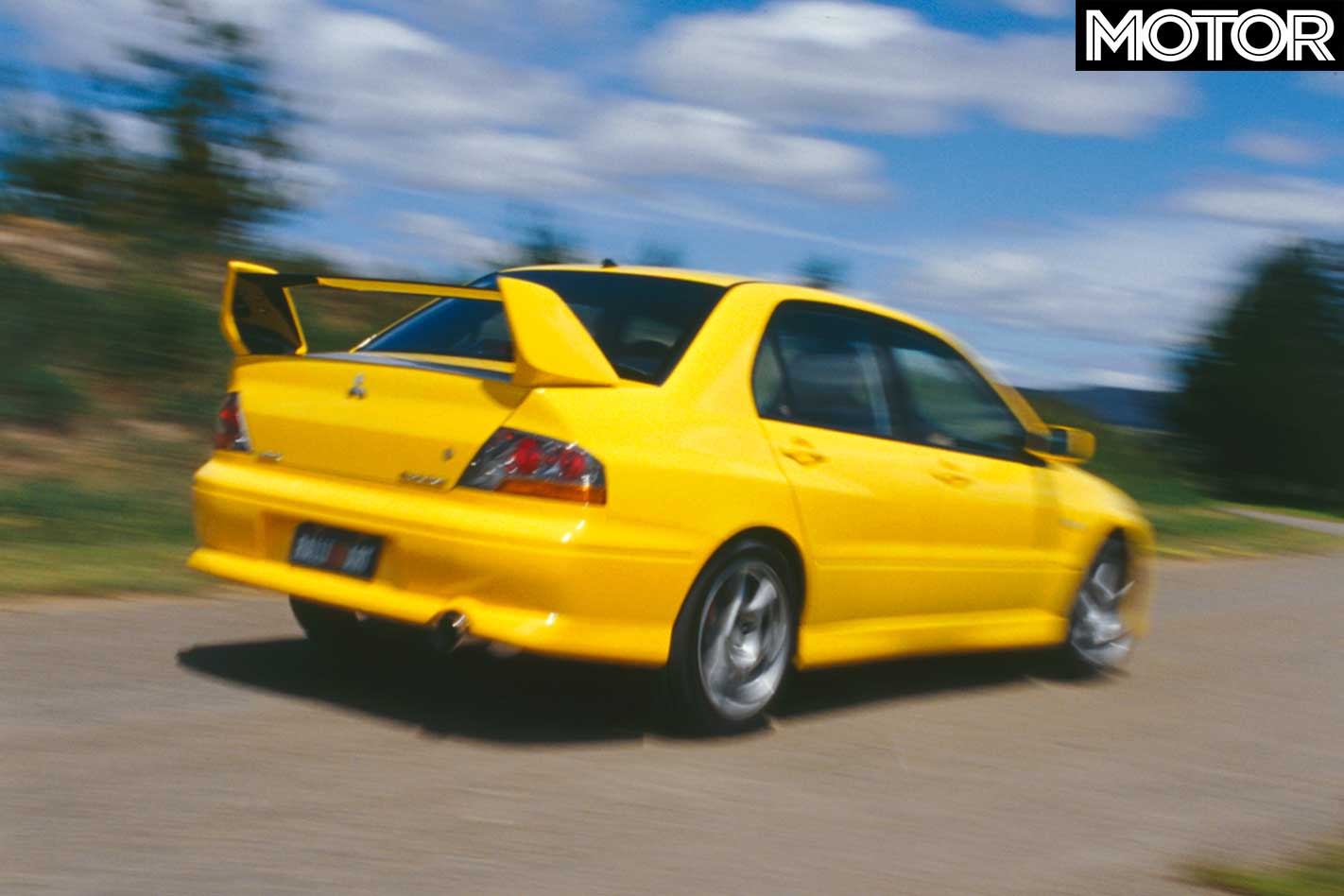
We tell you this only for your own good. Sell up your Impreza WRX STis, HSV ClubSports and FPV GTs now, because when the EVO VIII finally gets here, they will suddenly become obsolete. This car, born of the humble Lancer, is about to smear them into the scenery.
The bad news is that there’ll only be annual batches of 100, sold through RalliArt as low-volume imports, hence get your order in now.

To save you drooling until sometime next year, we snaffled the first one to come to Oz. This car has been poked and prodded by the gummint’s Poke and Prod Department, which certifies such things for sale in Australia (and is responsible for the ambiguity of the on-sale date). And the car is fast. Very, very, seriously, grown-up, you-are-kiddin’ fast.
Subaru’s Impreza WRX STi is an obvious rival for the EVO VIII. Everybody says so, and it’s an opinion held high up at Mitsubishi, hence its determination not to repeat past EVO mistakes (like bringing in the VI just as the VII was launching in Japan, pricing it $20k upstream of the STi and then watching in horror as the dealers had to hack that down by the same $20k to shift the last of them).
While the price hasn’t been confirmed for Australia’s first batch of current model EVOs, the smart money’s on whatever Subaru’s doing. To the dollar. At the moment that’s $56,630. You get the feeling Mitsubishi is happy to do what it takes on the EVO VIII to rub shine onto the rest of the line-up.
So pricing’s one of the three big EVO VI criticisms answered. The other two – its flimsiness and its forgot-the-springs ride – have also been addressed.

A goodly part of the VI’s startling speed came via weighing less than the Stephen Hawking section of Holly Valance’s bookcase. That had its impact all the way down the VI’s spine. Literally. The rear wing wobbled and danced in the mirror, shutting the doors sounded like a paper clip dropping into an ashtray and it rode so hard that the driver’s head hit the roof crossing painted white lines.
But the all-new Lancer chassis has put beef on the EVO – some of it wanted, some of it not. Where the old car weighed an incredible 1280kg, the new car is 1450kg (and still 20kg lighter than an STi).
Mitsubishi never sold the VII here, but the VIII’s a significant technological step forward from it – and quite a few paces upstream of the VI. For starters, even though they’re from the same engine family (the 4G63 architecture dates back to the Starion), very few internal parts will transfer from the VII to the VIII.
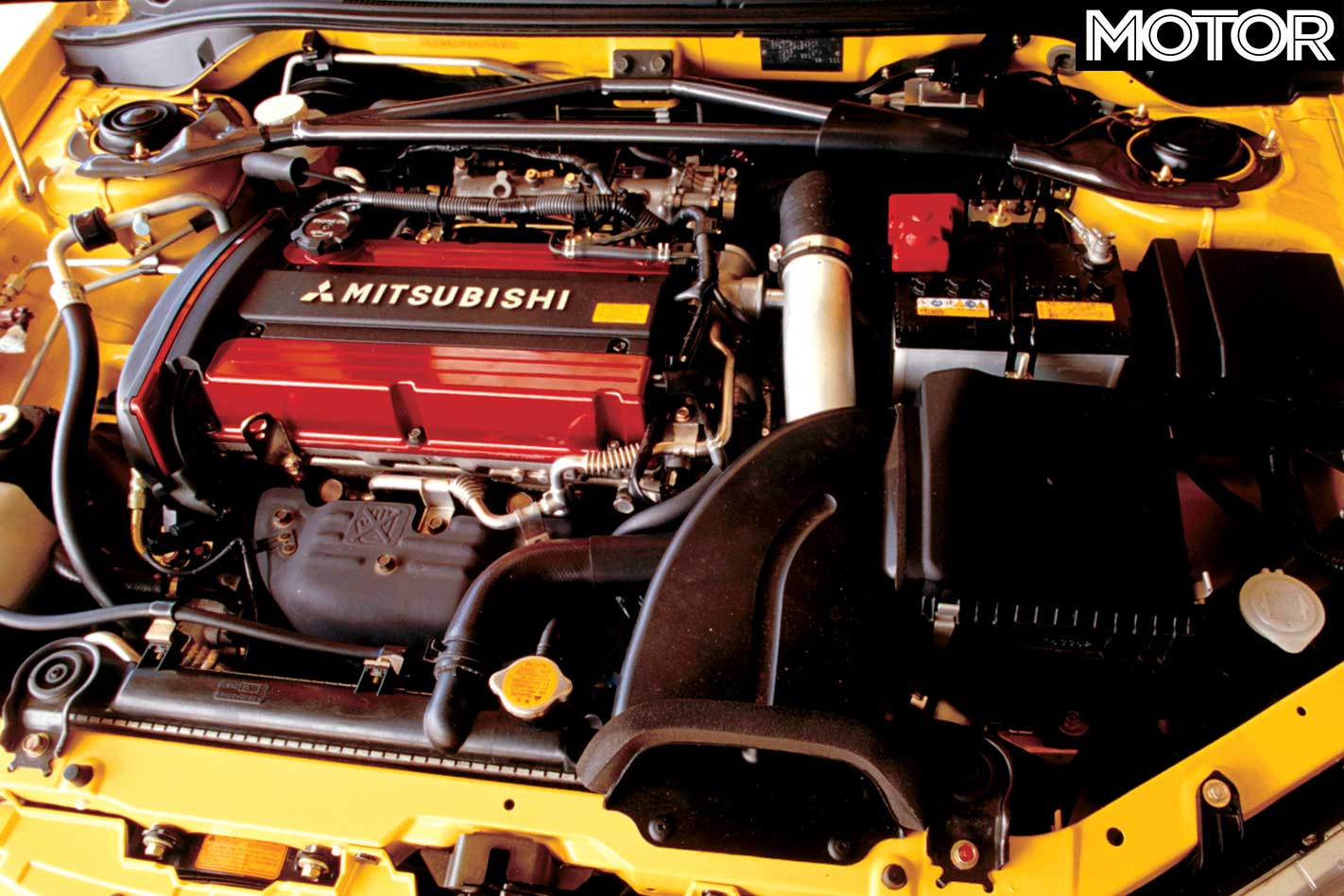
The flywheel is one notable exception, along with similarly hollow camshafts. Down low, the cradle supports are considerably stronger on the VIII to cope with the enormous torque loads.
While the conrods are the same as they were on the VII, they’re stiffer than the versions in the VI. The pistons, too, are lighter and carry a much heavier webbing on the thrust side. The exhaust manifold got an upgrade, and it all demanded a bigger clutch.
While this, the Japanese-spec car, has a six-speed gearbox, the Australian versions will get the cheaper five-speeder, strengthened from the EVO VI and also fitted to the European models.
In fact, ours will be a very European spec of EVO, right down to the downgraded power ratings to cope with Europe’s tougher emissions regulations. Yep, so while the Japanese model quotes 206kW (and most insiders admit the VI had 220kW), our EVO VIII will have only 195kW at the same 6500rpm. Where goes the power, the torque will follow, and it drops from 373Nm to 355Nm at 3500rpm.

And here Mitsubishi has an ace up its sleeve. A not inconsiderable ace. A company not known for its foresight (it said “no” to the FTO and “yes” to the 3000GT), it’s taken a leaf out of the Ducati book of ‘fixing’ what the gummint has taken away.
See, Mitsubishi Europe has developed its own aftermarket power-up kit and, given that we’re getting Europe-spec EVOs, we’ll also get the power-up kit, which will essentially be a chip and a freer catalytic converter.
“If we don’t do it, the customers will find somebody else who will,” says Mitsubishi’s Kevin Taylor. “Europe’s got the same power-reduction issues we have, so they’ve fixed it. Not sure how much power we can pick up, but it’ll be at least what it was.”
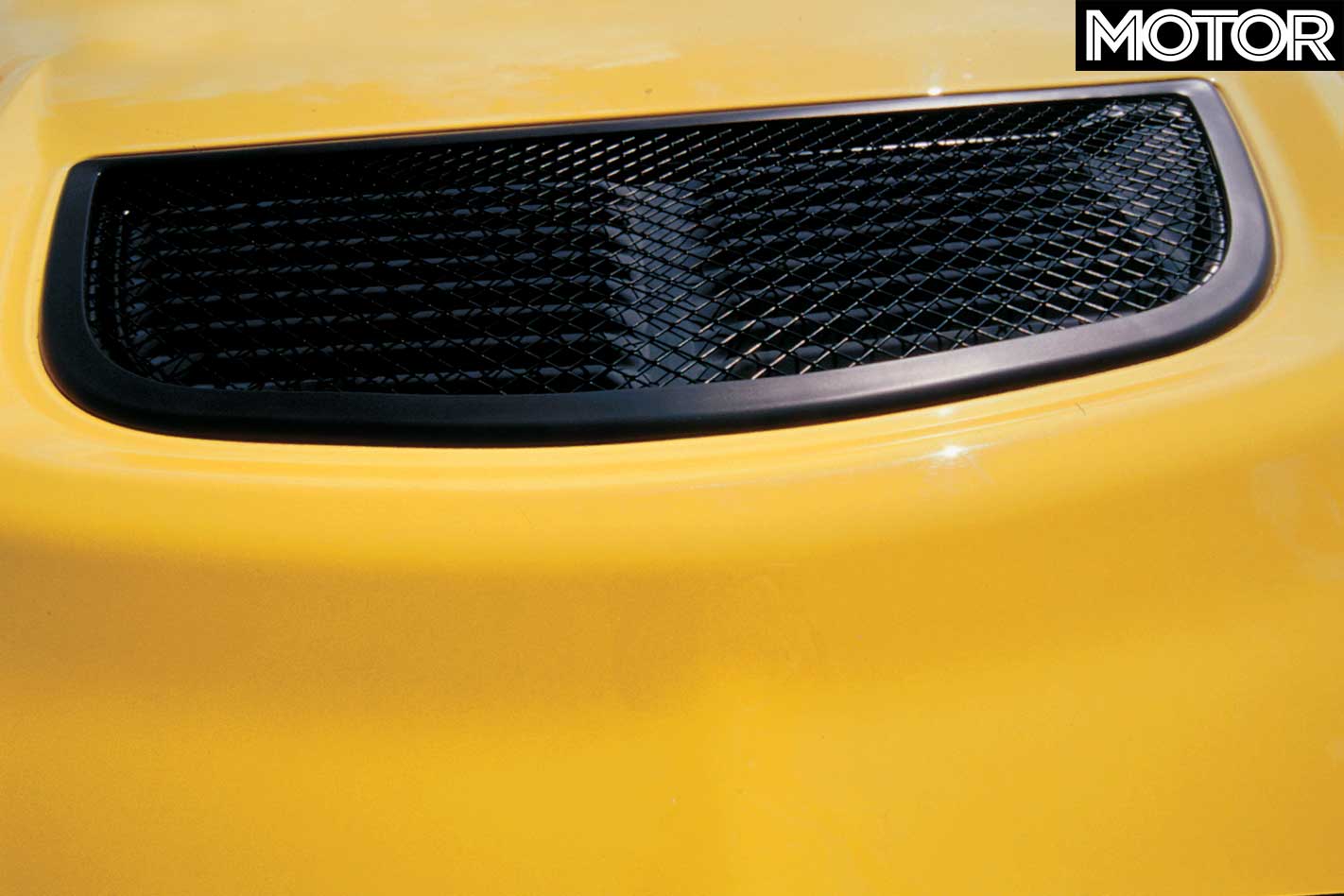
At the time of writing, Mitsubishi’s plan was to have the cost of the kit included in the purchase price, and to fit it at the first service. So that’s that, then, and stop sookin’ about being robbed.
So how does all that impact on the EVO’s bent-road pace? Well, anybody who owns a stock WRX STi ought to forget about picking on an EVO VIII and go for softer targets. Like anything from the McDonnell-Douglas catalogue. See, while the STi and the EVO are, deep down, kindred spirits, the EVO’s just more… well, it’s just more…
Both of them have worked their Street God status by stuffing modest chassis full of all-paw, force-fed madness. If their ability to turn any piece of road into a chance to beat up V8s and la-de-dah Euros wasn’t enough, they’ve always got the satisfaction of rally tearaway genetics.
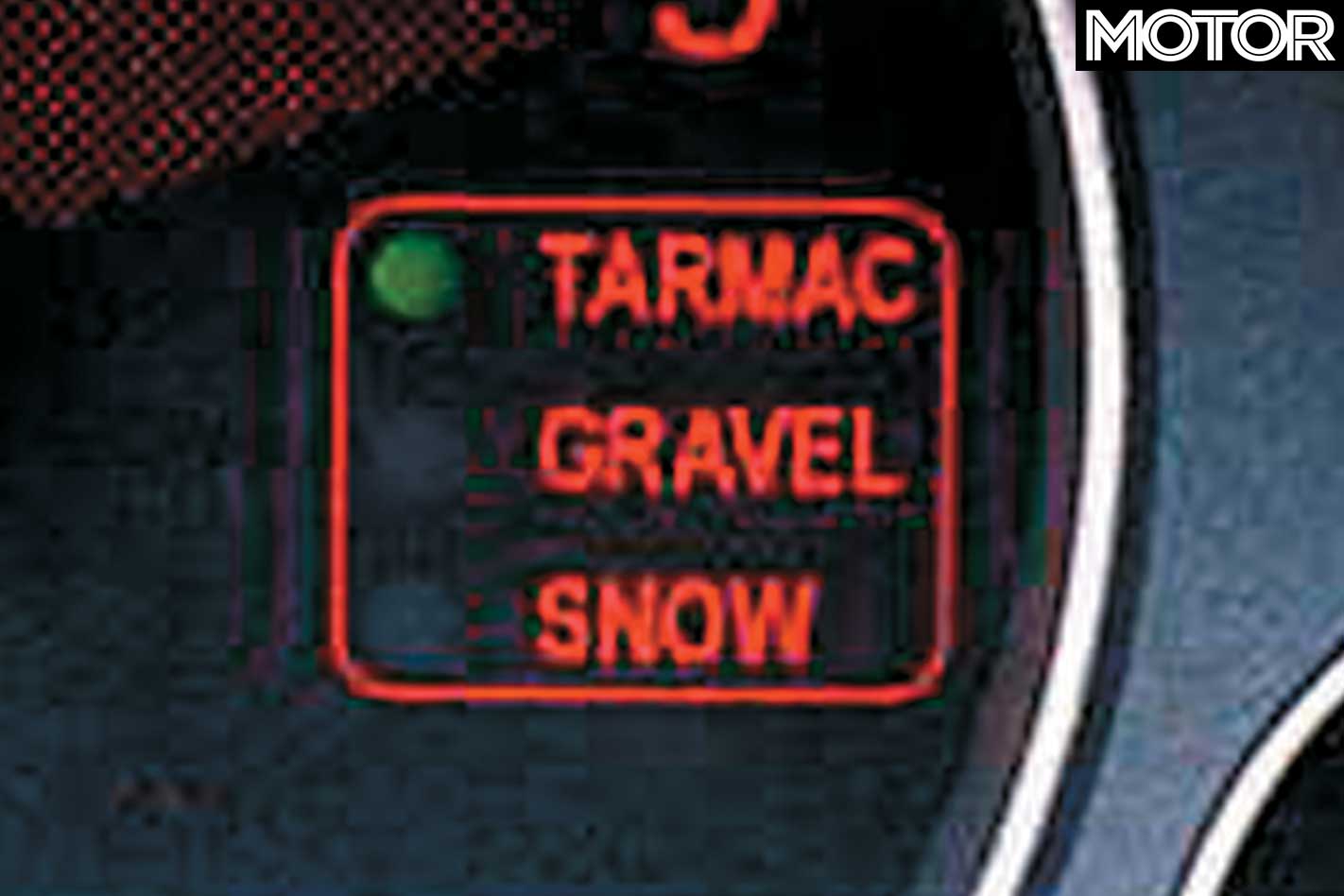
So here’s the guts of it. At Bang For Your Bucks, in a turbo-friendly winter at Goulburn’s Wakefield Park raceway, guru Rick Bates cranked a 1min 11.5sec lap out of the STi. The Suby wasn’t even FTD, either. That fell to Lotus’s Elise Sport 111, complete with road-racer rubber, at 1:10.44.
This gleaming yellow Japanese-spec EVO VIII, straight from 5000km of homologation work, rolled off the RalliArt trailer and whipped out a 1:10.7 with yours truly twirling. After a quick check to amend tyre pressures that weren’t what they should have been (er, 57psi), the Lancer fired out again and, on its second flying lap, slammed down a 1:09.8. Under tens, stock, at Wakefield Park.
Don’t worry about the EVO’s pace, then, because it’s still nearly two seconds a lap quicker than an STi. Just like the EVO VI was at BFYB 2002.
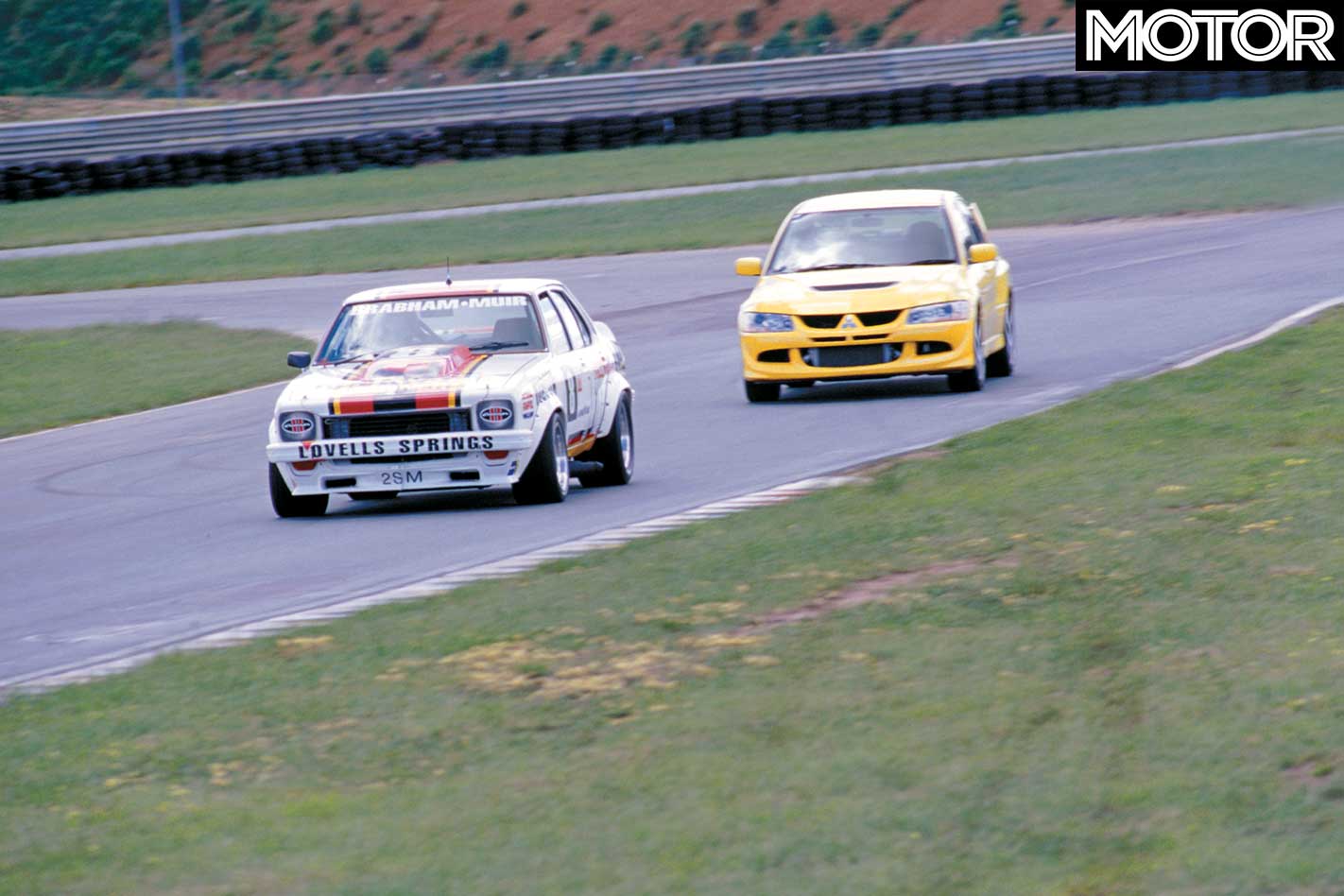
Obviously, not all of that two seconds is down to straight-line speed alone – but the EVO does feel demonstrably quicker than the hottest of the hot Subys. And it’s speed where it counts. It’s driveable. The natural feeling is to hold second through the hairpin leading onto the front straight, but third feels just as quick.
So it proves, with the ultimate shift into fifth gear falling at exactly the same point on the straight. Try fourth, just for a giggle, and it doesn’t hesitate, doesn’t splutter, just steams into its work, gets on boost and hammers. The shift into fifth is only another 10 metres up the track.
One of the secrets of the EVO’s pace, then, is its incredible torque. From under 2000rpm it’s got genuine urge and heaps of it. The numbers might say 373Nm stock (and 355 in homologated local spec) at 3500rpm, but it feels like at least 85 percent of that is hanging around from 2000 revs. While an STi is being disdainfully tardy under 3500 (and its peak torque arrives at 4000), the Lancer’s already gone.
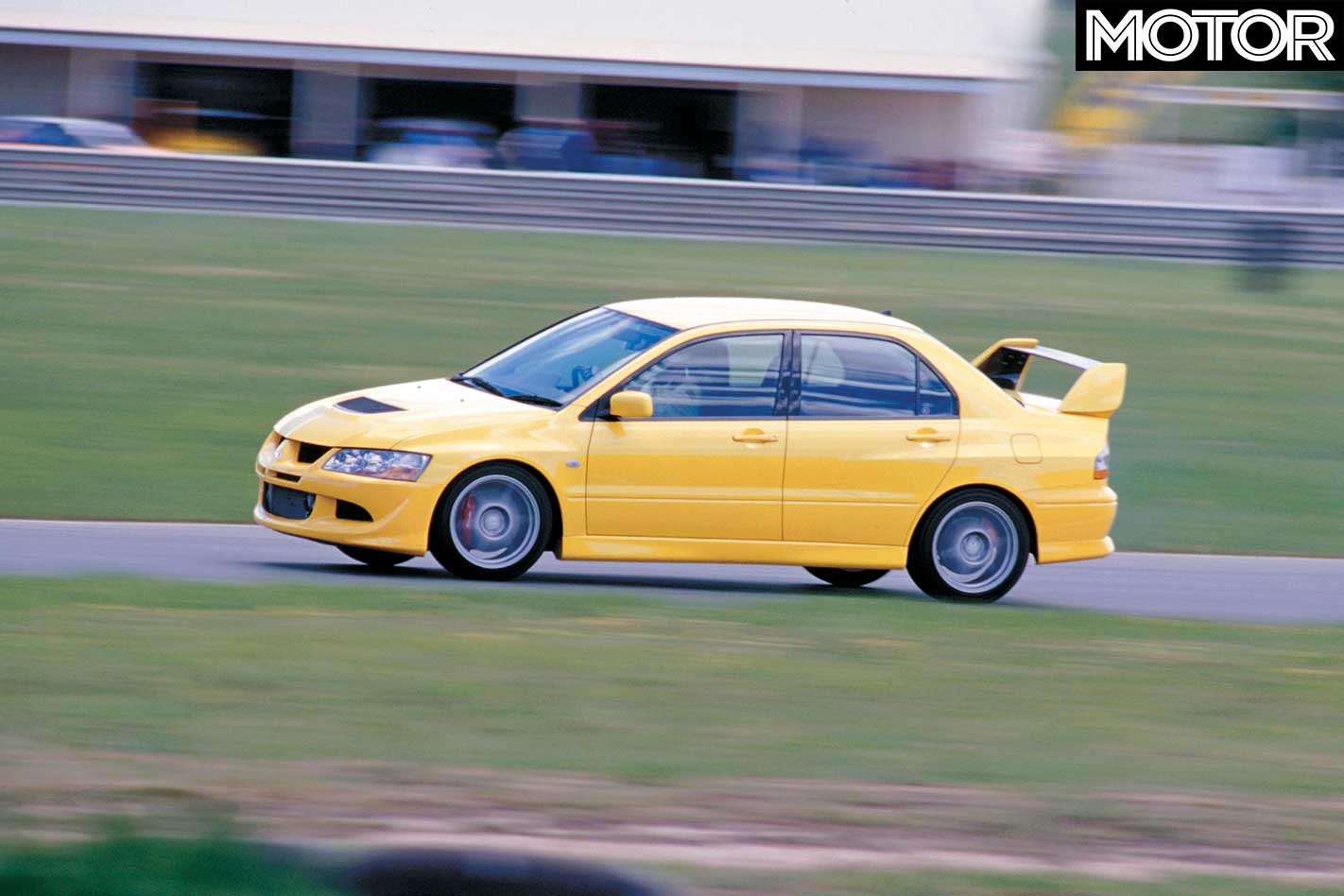
So it’s got the ability to torque its way out of trouble, but what else makes it the Subaru’s nemesis? To start with, the EVO motor’s a stroker (88mm) where the STi’s boring (92mm), so the Mitsu’s got an inherent torque advantage.
Well, nothing happens in an STi engine until around 3700rpm and its power peak is at 6000. The EVO VIII is working like buggery at 2000rpm, and its power peak is 6500. In effect, it’s got double the useful rev range, so we don’t reckon a five-speed gearbox will knock its performance around in any significant way.
But its chassis is also awesome. It’s a better proposition than the VI in the fast stuff and on mid-corner lift-off because of its longer wheelbase (up 115mm) and its multiple active diffs. The same active diffs help it to lose little, if anything, to the shorter, lighter, theoretically more nimble VI.
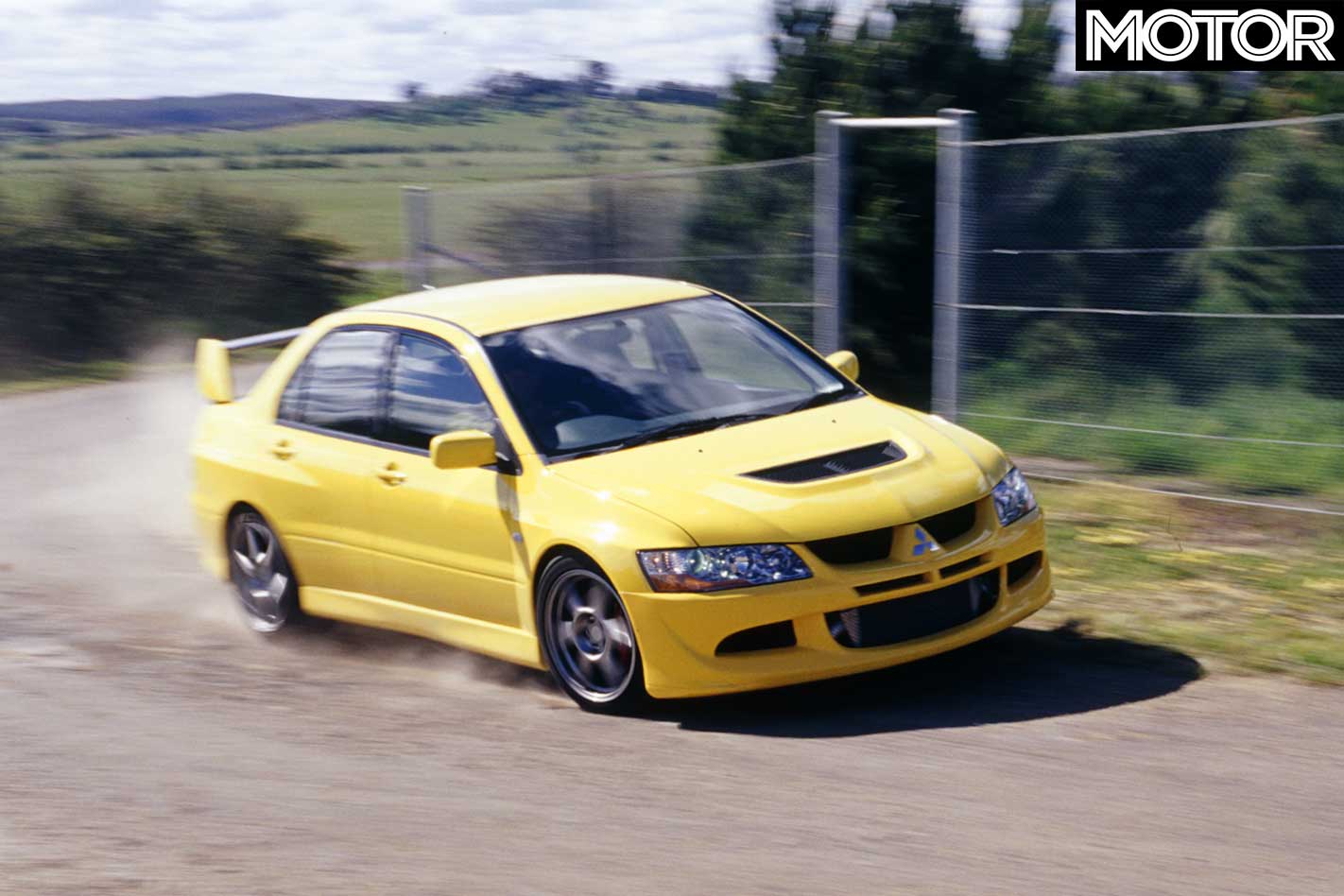
Under most circumstances the diff technology is invisible. It’s still working, locking and unlocking the centre diff as required, but you don’t notice it. It only starts to become clear that something strange is going on below decks when it’s all going awry and, instead of gravel smacking underneath, your date feels the drive instantly being spat from one wheel to another, to another, as the big brain whips through the maths to keep you on the island.
Carry too much speed into a sweeper and you can actually feel the outside rear wheel driving the car back to the radius you should be taking, while the inside wheel is almost free-wheeling.
But it takes some doing to get it that far. First, you have to outstrip the conventional grip levels, and they’re set phenomenally high, and with similarly phenomenal levels of idiotproofness. Okay, I just made that word up, but that’s what it does.
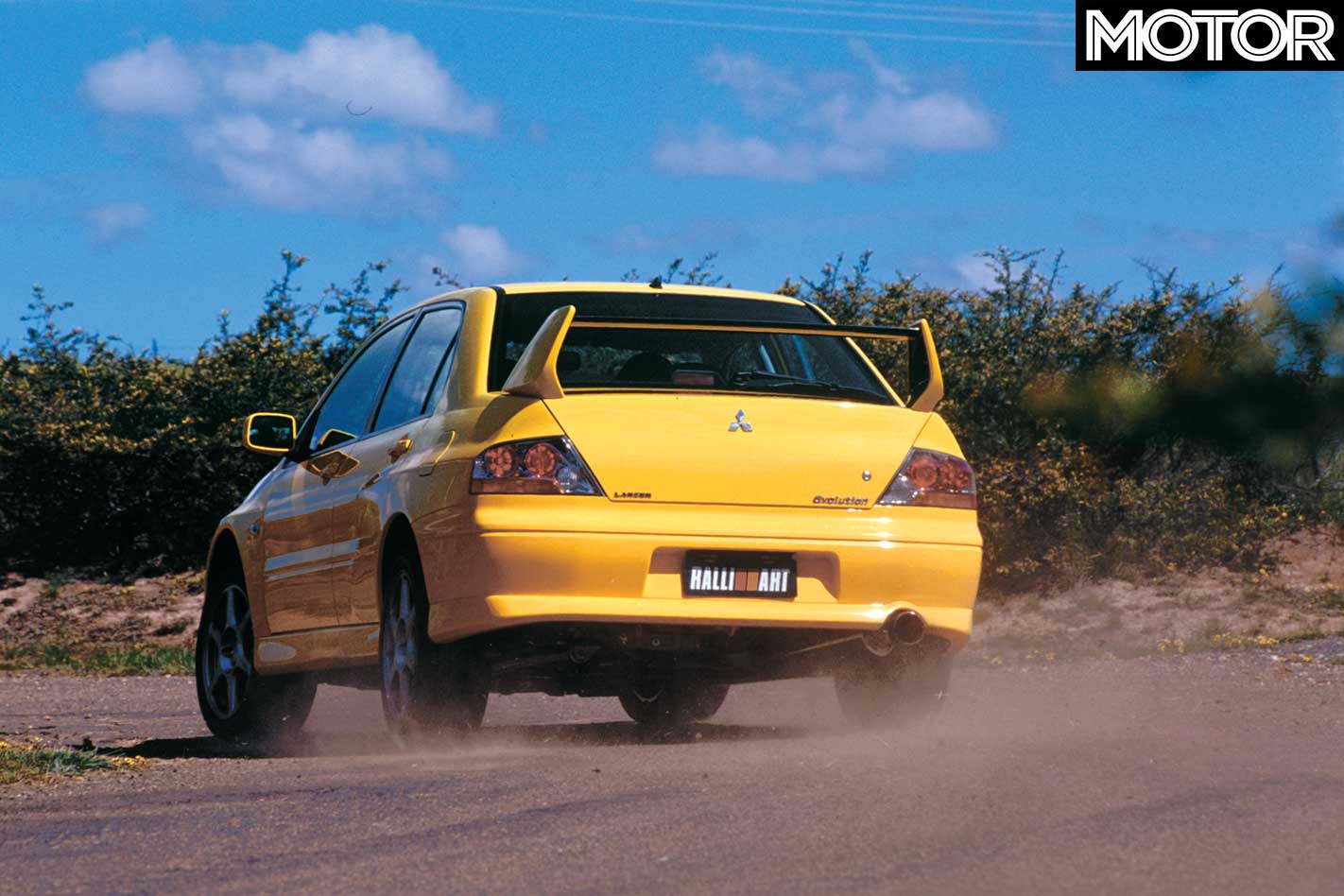
On its Yokohamas (our cars will have Pirellis, in deference to the link with the rally program), grip is superb and, apart from a slight blank patch just as the massive tread blocks turn-in, so is the feedback.
The steering gives more feel than the VI and is almost certainly more informative than the STi. It’s well weighted, too, and loses very little in the tight stuff to its predecessor. It helps that it’s got new cross-members, that the lower control arms locate in a completely different way, and that it’s got a lower front roll centre than the VI.
And it can still be steered on the pedals just as effectively as with the tiller. The brakes are strong and, even on road pads, can live with half a dozen track laps before they begin to fade. Even then, they fall off about 10 percent and stay there – unlike some local performance stuff we’ve driven.

The other big difference over the VI is that weight gain has made it an easier car to live with. While our drive was very limited in range, it rides demonstrably better than a VI.
Yep, a new era is just about here, and we can’t wait. Don’t say we didn’t warn you.
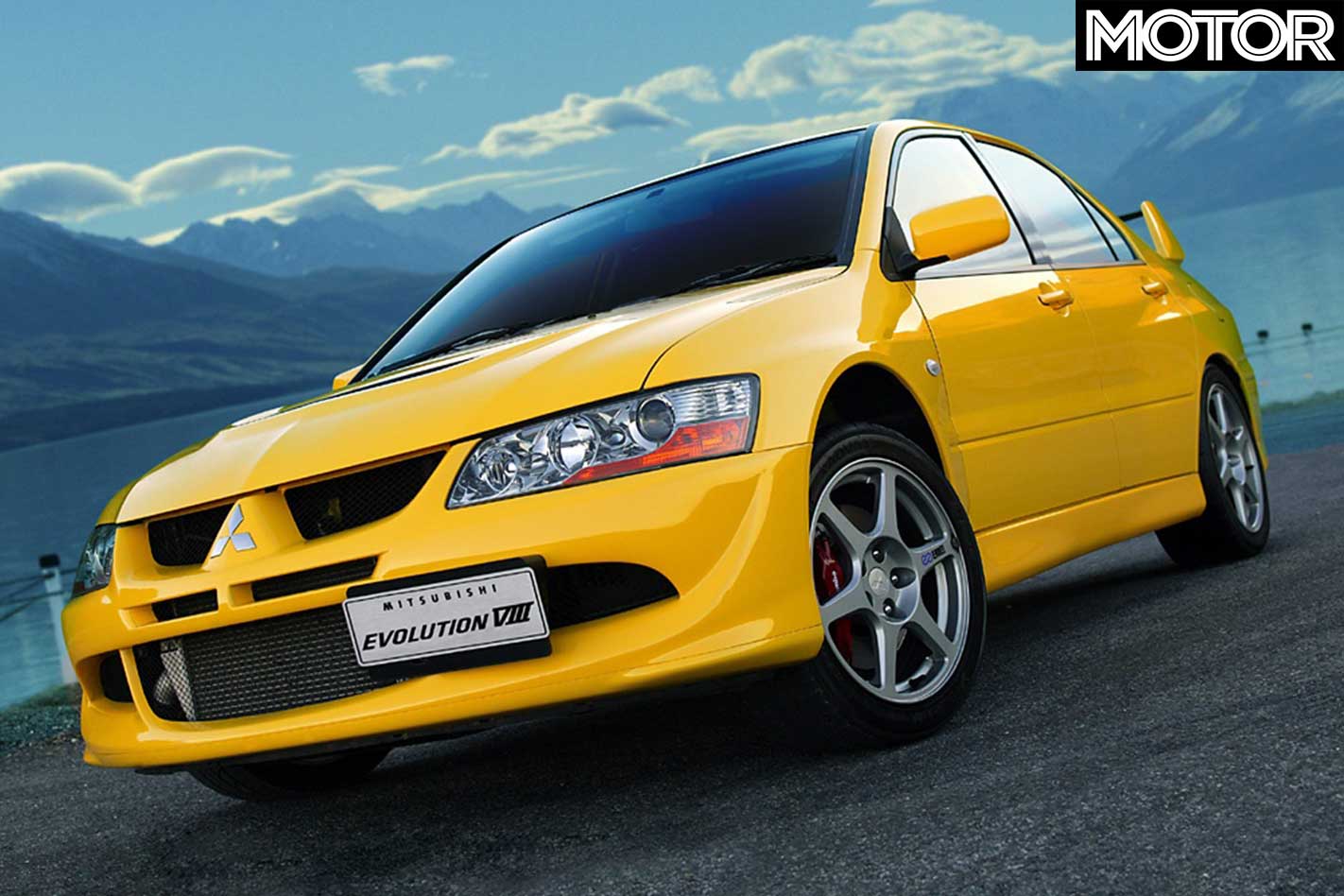
FAST FACTS 2004 Mitsubishi Lancer Evolution VIII
BODY: 4-door sedan DRIVE: all-wheel ENGINE: 2.0-litre turbo four, DOHC 16-valve POWER: 195kW @ 6500rpm TORQUE: 355Nm @ 3500rpm COMPRESSION: 8.8:1 BORE/STROKE: 85.0mm x 88.0mm WEIGHT: 1450kg POWER-TO-WEIGHT: 134kW/tonne TRANSMISSION: five-speed manual SUSPENSION: MacPherson struts, coil springs, anti-roll bar (f); multi-link, coil springs, anti-roll bar (r) L/W/h: 4470/1770/1450mm WHEELBASE: 2625mm TRACK: 1515mm (f); 1500mm (r) BRAKES: 376mm ventilated discs, four-piston calipers (f); 320mm ventilated discs, two-piston calipers (r), ABS WHEELS: 17 x 7.5-inch (f & r), alloy TYRES: 235/45 R17 (f & r) FUEL: 55 litres, PULP PRICE: “whatever the STi costs”
What’s the diff?
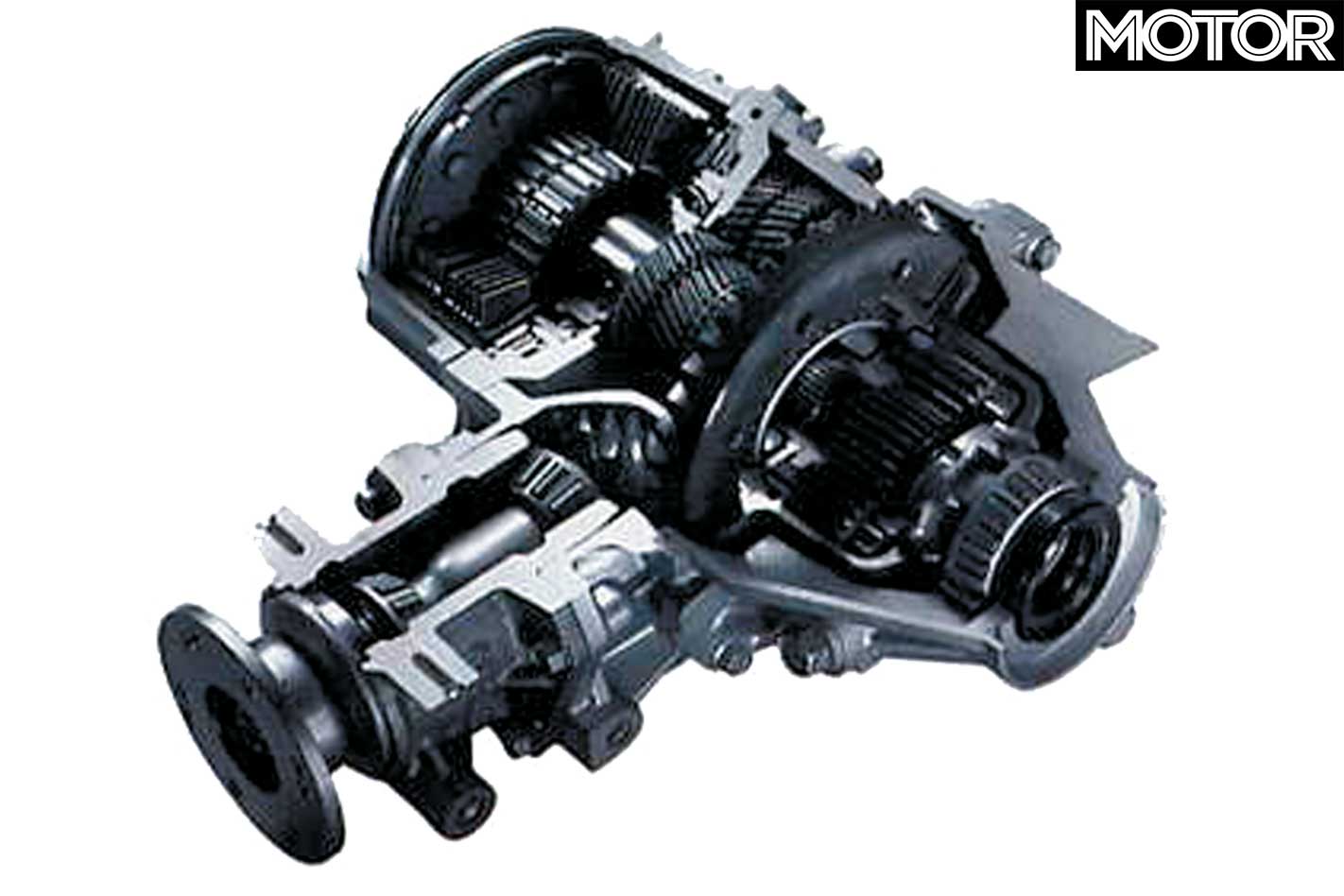
Officially, the rear diff on the EVO VIII isn’t an active diff. It’s called Active Yaw Control, but that’s just a piece of marketing crud so they don’t have to call it an active diff. Whoopee, you say, it was there from IV onwards. Yes, and no.
It’s been much improved since then and, from the VII, it’s even had a full software rewrite. The big difference between our last EVO and our next EVO is that the rear diff’s trickery is accompanied by an active centre diff – a huge step forward from the viscous model in the VI.
The ECU brain does the thinking and it works kinda like this: it takes inputs from wheel speed (all of ’em – think ABS sensors), steering input, throttle input, lateral and longitudinal sensors. Then it essentially draws itself a diagram of the corner, computing the radius the car is tracking and overlaying it on the radius it needs to travel, and then it works out what the diff needs to do to make it happen.
The centre diff is different. It uses all the same sensors and it’s on maximum lock under straight-line acceleration and under braking. It sets up for maximum slip on turn-in, then it works the in-betweens through the mid-corner to fire you out the other side.
The rally EVO-lution

Ask the rally fraternity (the people who’ve had the most exposure to the EVO phenomenon) and they’ve generally got a favourite. Most of them will pick the EVO III, while the VI has its share of fans. There have been unkind things said about the VII, particularly by factory pilot Ed Ordynski, whose view may have been clouded by a damaged wiring harness interfering with his active centre diff and spitting him off the road a couple of times. Yep, that’ll do it.
The main reason for the III and VI affection, according to RalliArt boss Bob Riley, is that they were the last of their line. Both the III and the VI were fully developed versions of their respective bodyshells, while their successors had to start from scratch.
“The IV over the III wasn’t a big jump. It’s probably the least loved EVO, but the engine was turned around and it had a new chassis.
“They all improved as they went on, but obviously the final development of each chassis was pretty fondly remembered.”
Galant VR4

Major Results: 1989-92 Swedish Rally (WRC) – 1st 1000 Lakes ’89 – 1st Indonesia Rally (APRC) – 1st Malaysia Rally (APRC) – 1st 1000 Lakes ’90 – 2nd
Lancer Evolution I

Major Results: 1993-94 Indonesia (APRC) – 2nd RAC (WRC) – 2nd Thailand (APRC) – 3rd Safari (WRC) – 2nd Acropolis (WRC) – 3rd
Lancer Evolution II
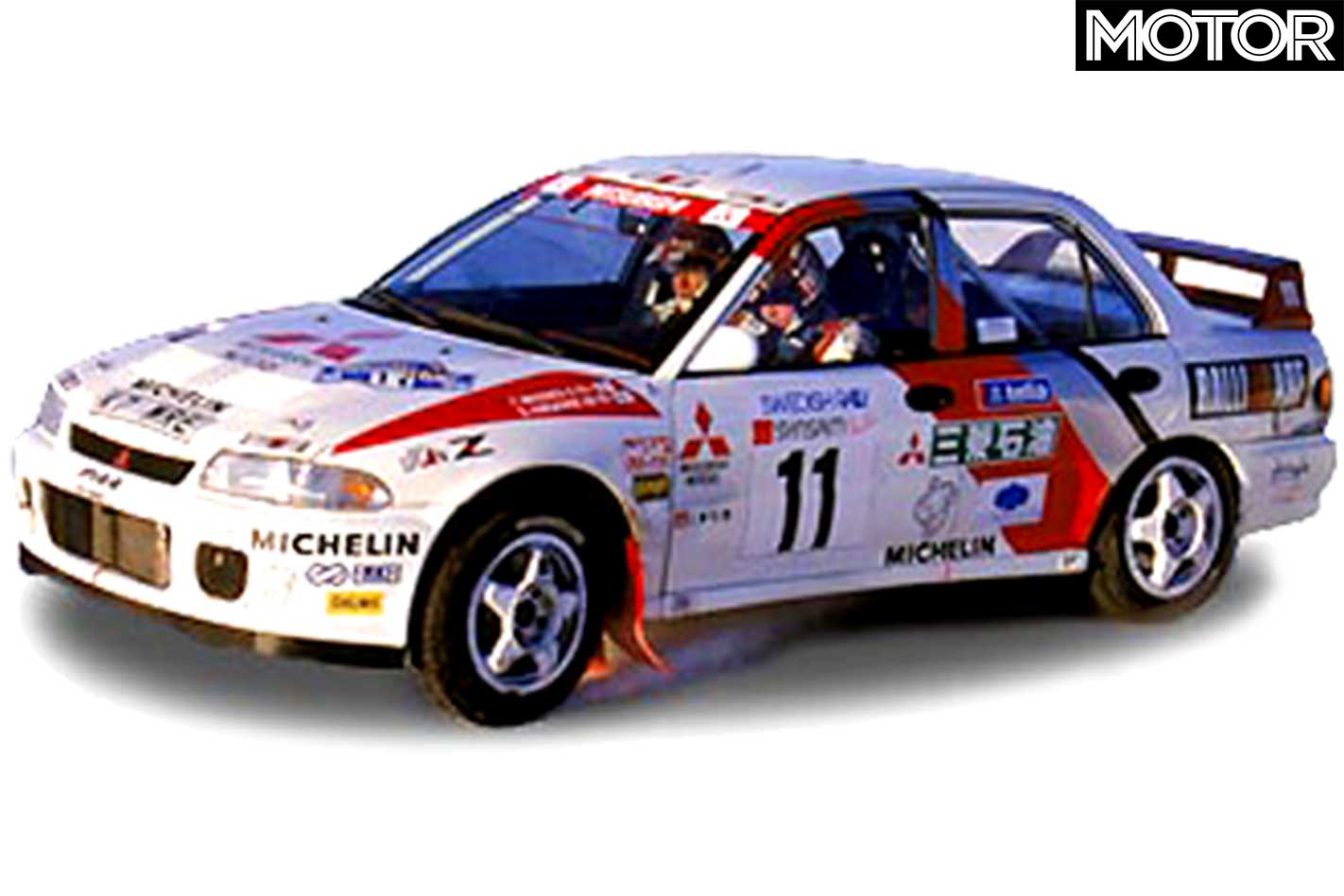
Major Results: 1994-95 Swedish Rally (WRC) – 1st Indonesia (APRC) – 1st Thailand (APRC) – 1st Acropolis (WRC) – 2nd Asia Pacific (APRC) – 2nd
Lancer Evolution III
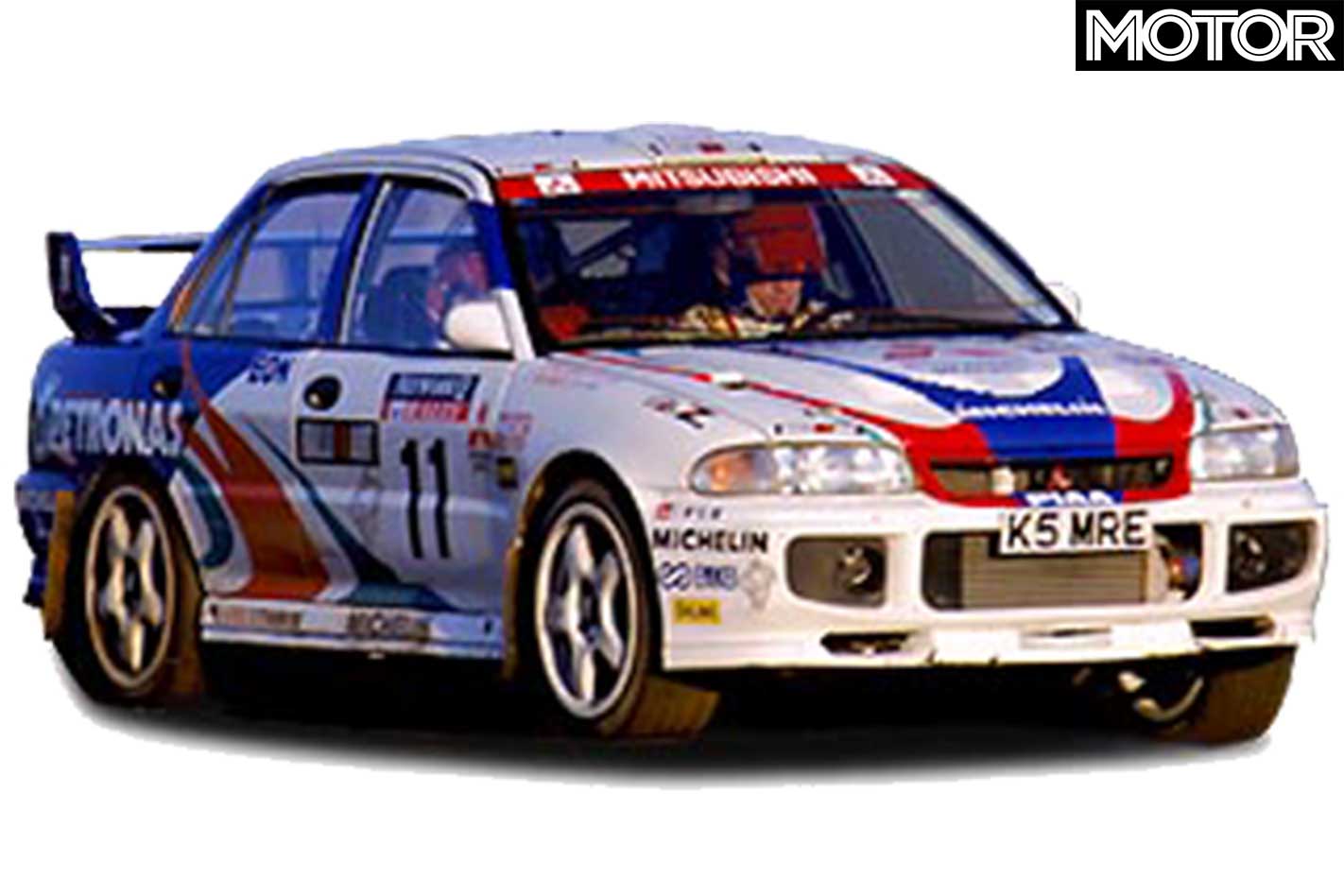
Major Results: 1995-96 Indonesia (APRC) – 1st Thailand (APRC) – 1st Swedish Rally (WRC) – 1st 1000 Lakes – 1st Australia (WRC) – 1st
Lancer Evolution IV
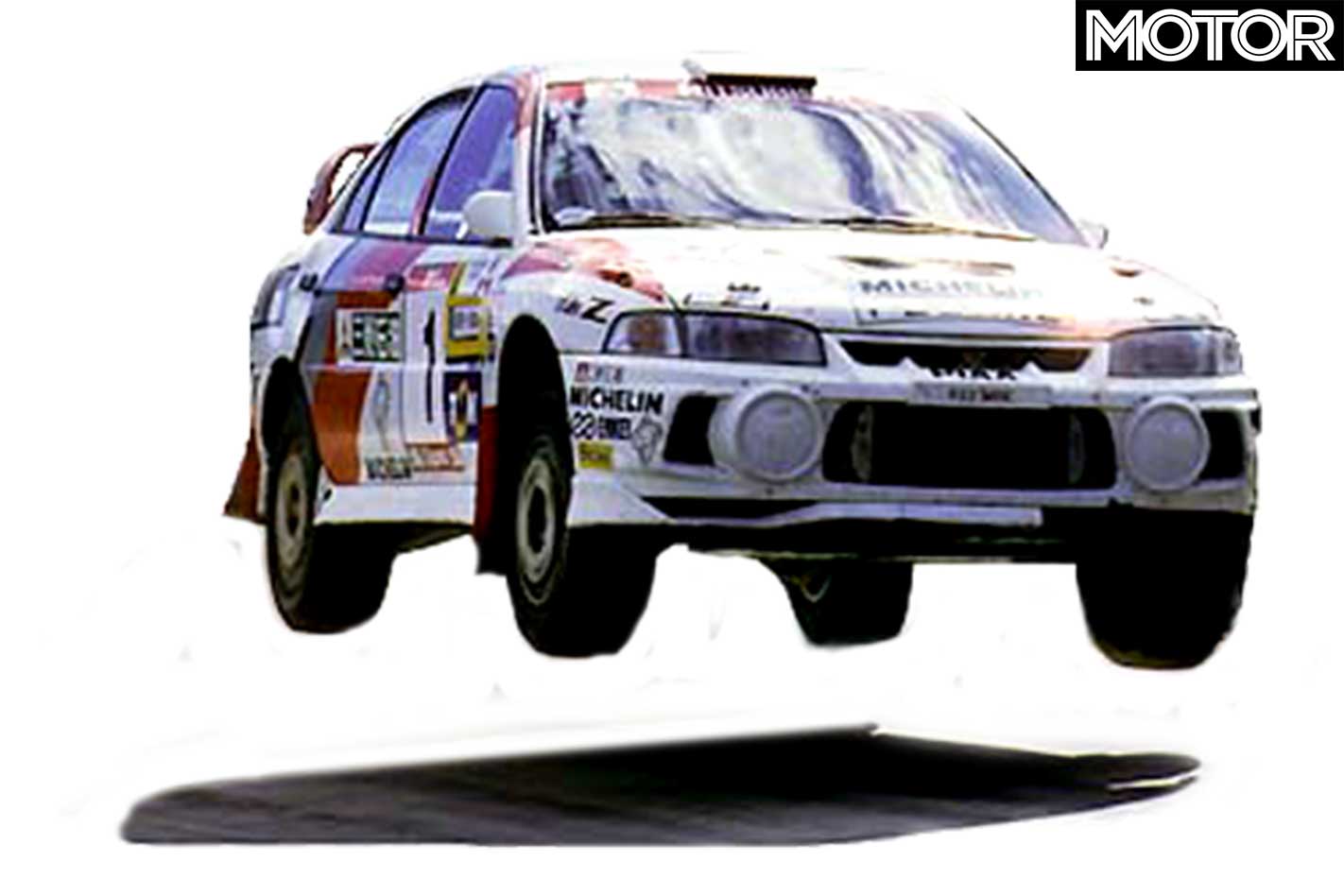
Major Results: 1997-98 Portugal (WRC) – 1st Catalunya (WRC) – 1st Argentina (WRC) – 1st Finland (WRC) – 1st Swedish (WRC) – 3rd
Lancer Evolution V
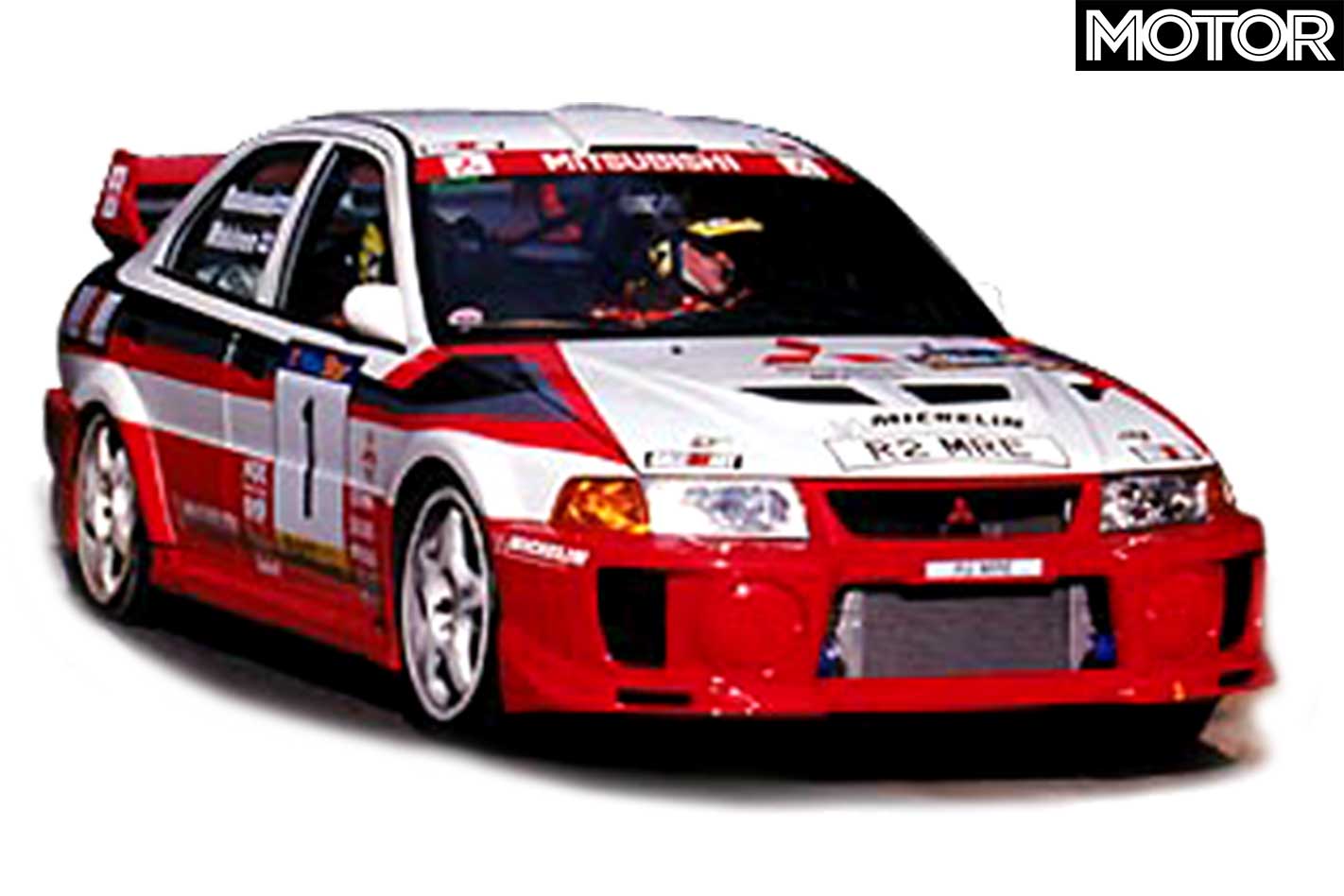
Major Results: 1998 Argentina (WRC) – 1st Finland (WRC) – 1st Sanremo (WRC) – 1st New Zealand (WRC) – 3rd Australia (WRC) – 1st
Lancer Evolution VI

Major Results: 1999-00 Monte Carlo ’99 (WRC) – 1st Swedish (WRC) – 1st New Zealand (WRC) – 1st Sanremo (WRC) – 1st Monte Carlo ’00 (WRC) – 1st
Lancer Evolution VII

Major Results: 2001 -03 Monte Carlo (WRC) – 1st Portugal (WRC) – 1st Safari Rally (WRC) – 1st Canberra (APRC GrN) – 1st Thailand (APRC GrN) – 1st
Five Official Heroes of the Evolution

– 1993 Monte Carlo: the rally debut (Eriksson and Schwarz) – Armin Schwarz: first podium (’93 Acropolis, EVO I) – Kenneth Eriksson: first win (’95 Swedish, EVO III) – Tommi Makinen: first world championship (’96, EVO III) – The Tommster: next three world championships (’97, ’98, ’99)

